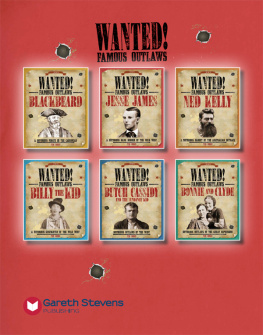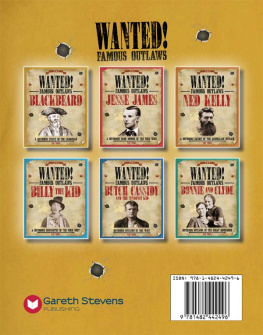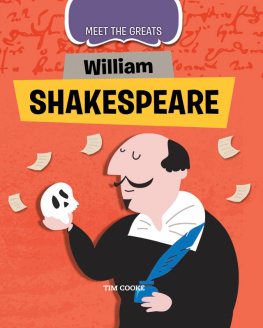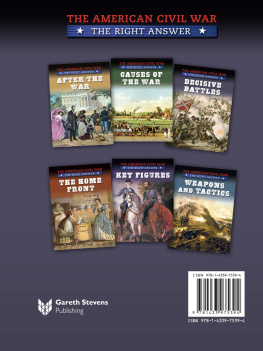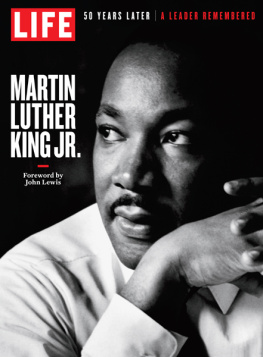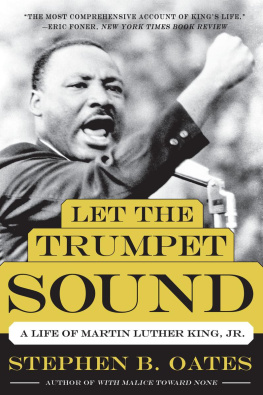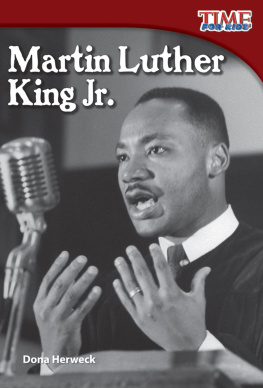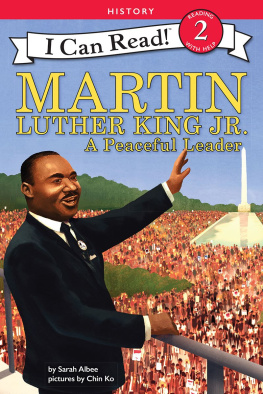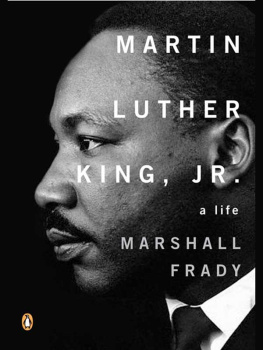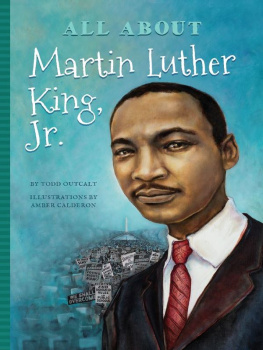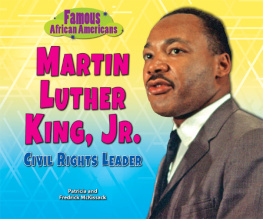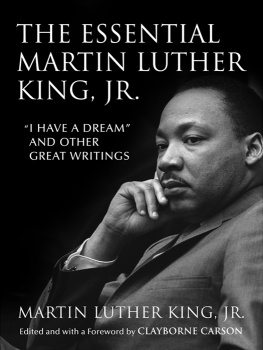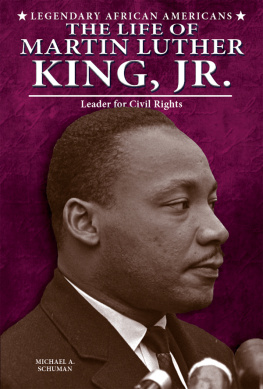Table of Contents
ISBN: 978-1-4824-5954-8
COOKE
MEET THE GREATS
MARTIN LUTHER KING JR.
TIM COOKE
MEET THE GREATS MEET THE GREATS
TIM COOKE
MEET THE GREATS
Martin
Luther
KING Jr.
Please visit our website, www.garethstevens.com .
For a free color catalog of all our high-quality books,
call toll free 1-800-542-2595 or fax 1-877-542-2596.
CATALOGING-IN-PUBLICATION DATA
Names: Cooke, Tim.
Title: Martin Luther King Jr. / Tim Cooke.
Description: New York : Gareth Stevens, 2017. | Series: Meet the greats | Includes index.
Identifiers: ISBN 9781482459524 (pbk.) | ISBN 9781482459548 (library bound) | ISBN 9781482459531 (6 pack)
Subjects: LCSH: King, Martin Luther, Jr., 1929-1968--Juvenile literature. | African Americans--Civil rights--History--
20th century--Juvenile literature. | Civil rights workers--United States--Biography--Juvenile literature.
Classification: LCC E185.97.K5 C66 2017 | DDC 323.092--dc23
Published in 2017 by
Gareth Stevens Publishing
111 East 14th Street, Suite 349
New York, NY 10003
Copyright 2017 Brown Bear Books Ltd
For Brown Bear Books Ltd:
Editorial Director: Lindsey Lowe
Managing Editor: Tim Cooke
Childrens Publisher: Anne ODaly
Design Manager: Keith Davis
Designer and illustrator: Supriya Sahai
Picture Manager: Sophie Mortimer
Concept development: Square and Circus / Brown Bear Books Ltd
Picture Credits: Front Cover: Character artwork, Supriya Sahai. Interior: All photographs Library of Congress except,
Robert Hunt Library: 18, 21, 29, 34, 35, 38; Shutterstock: 25b Steven Frame 43, mark Van Scyoc 40; US National Archives:
36; Wikipedia: Cornell University/Kheel Center 41, Federal Bureau of Prisons 42t, Fowler & Fowler 20, Lyndon Baines
Johnson Library and Museum/Yochi Okamoto 39, National Civil Rights Museum/Adam Jones, PH.D, 22t, WHPO/Cecil
Stoughton 39.
Character artwork Supriya Sahai
All other artworks Brown Bear Books Ltd
All rights reserved. No part of this book may be reproduced in any form without
permission from the publisher, except by a reviewer.
All rights reserved. No part of this book may be reproduced in any form without permission from the publisher,
except by a reviewer.
Printed in the United States of America
CPSIA compliance information: Batch CW17GS : For further information contact Gareth Stevens, New York, New York at 1-800-542-2595.
Contents
Introduction ................................................. 4
Called to the Church .................................. 6
Featur: The Civil Rights Movement ...... 14
Trouble in Birmingham ........................... 16
Featur: Under Investigation .................. 24
Civil Rights Leader ................................... 26
Featur: I Have a Dream ........................ 34
The Assassination ................................... 36
Timeline ...................................................... 44
Glossary ...................................................... 46
Further Resources ...................................... 47
Index ...................................................... 48
A
t the start of the 1960s, a hundred years after
America fought a civil war (18611865) over
the question of whether or not to allow slavery,
African Americans were still being treated badly by
white Americans. In the South, they did not have
the same rights as their white neighbors. African
Americans were not allowed to use the same schools,
bathrooms, pools, hotels or restaurants as white
Americans. They also had separate entrances to
facilities and separate water fountains, and they
had to sit in back of public buses.
Many people wanted to change this. One man,
Martin Luther King Jr., became a leader of the civil
rights movement. He wanted African Americans
to be treated the same as white Americans. He
dedicated his short life to fighting for African
Americans to achieve civil rights through peaceful
means. He was awarded the Nobel Prize for Peace
in 1964. Four years later he was shot dead.
Martin Luther King Jr. was born into a
world where he did not enjoy the same
rights or opportunities as white Americans.
Introduction
I have a dream...
Called to the
CHURCH
M
artin Luther King Jr. was born on
January 15, 1929, in Atlanta, Georgia.
His grandparents had been slaves but Martins
parents were financially comfortable. His father
Martin was the pastor at the Ebenezer Baptist
Church in Atlanta. Martin was the middle of
three children. He had
an older sister and a
younger brother. The
children lived with their
parents, grandparents,
uncles and aunts in a
large house in Atlanta.
Martin Luther King Jr. was a devoted
Christian. He was working as a pastor
when he emerged as a civil rights leader.
Martins home in Atlanta.
MEET THE GREATS: MARTIN LUTHER KING JR.
quick facts
*
Martin was born when the
South was still segregated.
*
He became a pastor in the
Baptist churchjust like his
own father!
This cinema has a separate
entrance for black patrons.
RACIST SOCIETY
Atlanta lay in the South, where discrimination
against African Americans was common. Local
and state laws known as Jim Crow laws treated
blacks as second-class citizens. Black schools, for
example, did not have as many funds as white
schools. Martins father taught his children that
all people were equal in Gods eyes. One day when
Martin was small, he was riding with his father
in his car. A white policeman stopped them. The
policeman called Martins father boy. White
people often called African American men boy
to show a lack of respect. Martins father pointed
at his son and said, That is a boy. I am a man.
Martin Jr. never forgot his fathers bravery.
Even water fountains were
segregated in the South.
A SMART KID
Martin studied hard and did well in school. He
was small for his size but he was strong and could
wrestle much bigger boys to the ground. From a
very early age, Martin became aware of the racist
society he lived in. When he was six years old, his
best friend was a white boy. Because of their color,
the friends went to different schools. Eventually
his friends father forbade their friendship
because of the color of Martins skin.
When he was 15, Martin won first prize
in a public-speaking competition with a speech
on the Negro and the Constitution. He was a
powerful orator . On the bus home, Martin had to
give his seat to a white man under a law called
whites before
blacks. Later
Martin said,
That night
I was the


